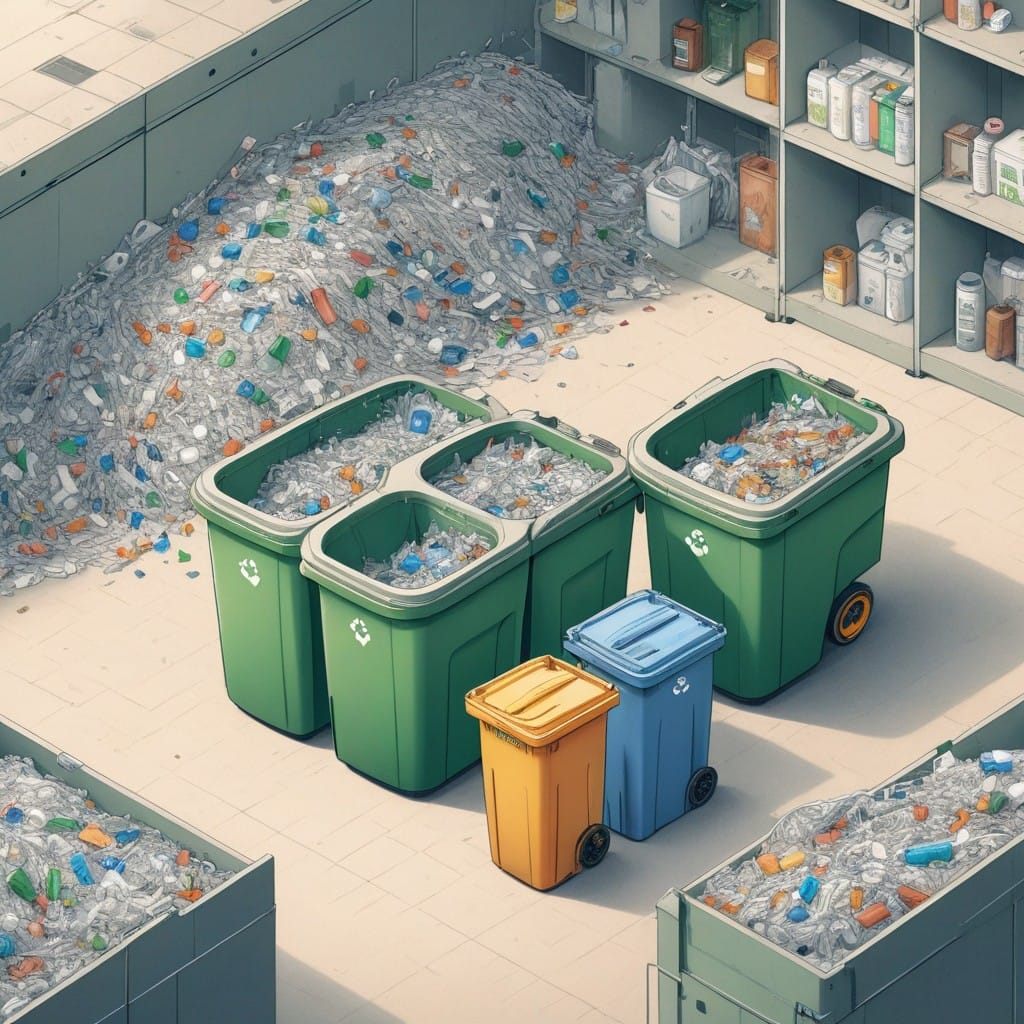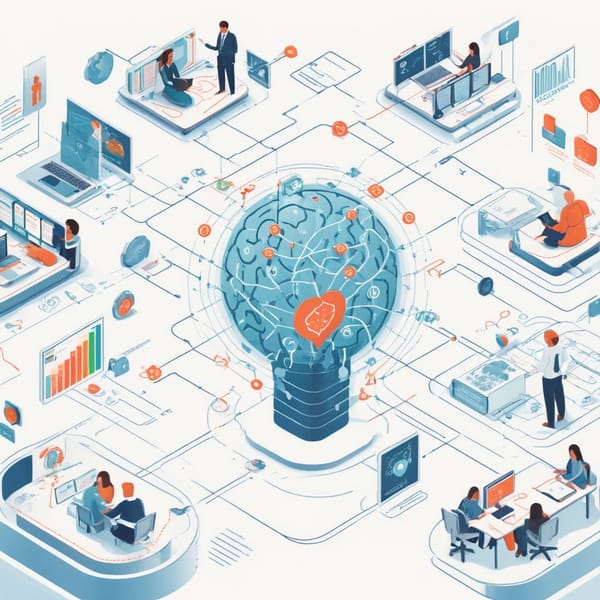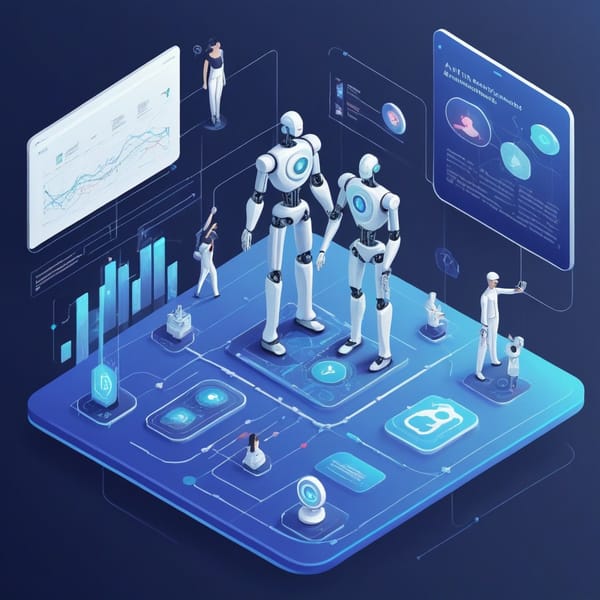AI-Driven Waste Sorting: The Future of Recycling Efficiency

Recycling is a critical component of sustainable waste management, yet traditional sorting methods are often inefficient, costly, and prone to errors. Enter AI-driven waste sorting—a groundbreaking solution that leverages artificial intelligence (AI) and machine learning to revolutionize recycling processes. By improving accuracy, reducing contamination, and increasing operational efficiency, AI-powered systems are paving the way for a cleaner, greener future.
The Challenges of Traditional Waste Sorting
Manual waste sorting is labor-intensive and inconsistent. Human workers at recycling facilities face health risks while separating hazardous materials, and even the most trained employees can misclassify items. Additionally, contamination—when non-recyclable materials mix with recyclables—can render entire batches unusable, leading to increased landfill waste and higher processing costs.
Automated sorting systems using basic sensors have helped, but they lack the precision needed to handle complex waste streams. This is where AI steps in, offering smarter, faster, and more adaptable solutions.
How AI Improves Waste Sorting
1. Advanced Image Recognition
AI-powered systems use high-resolution cameras and deep learning algorithms to identify materials in real time. Unlike traditional optical sorters, AI can distinguish between similar-looking items—such as different types of plastics, paper, and metals—with remarkable accuracy. For example, it can separate PET bottles from HDPE containers or detect food residue on packaging that would otherwise contaminate recycling streams.
2. Robotic Automation
AI-driven robotic arms, equipped with computer vision, can pick and sort waste at speeds far beyond human capability. Companies like AMP Robotics and ZenRobotics have developed robots that learn from each sorting decision, continuously improving their efficiency. These robots reduce reliance on manual labor while increasing throughput in recycling facilities.
3. Data-Driven Waste Management
AI doesn’t just sort waste—it collects data. By analyzing sorting patterns, AI systems help facilities optimize their workflows, predict contamination risks, and even track recycling trends. This data can be shared with municipalities and manufacturers to improve product design (e.g., easier-to-recycle packaging) and waste collection strategies.
4. Reducing Contamination
Contamination is a major issue in recycling, often leading to rejected loads. AI minimizes this by ensuring only the right materials make it through the sorting line. For instance, it can detect and remove non-recyclable items like plastic bags or food-soiled cardboard before they disrupt the process.
Real-World Applications
Several companies and cities are already adopting AI-driven waste sorting:
- AMP Robotics: Uses AI-guided robots to sort recyclables with over 99% accuracy, processing up to 80 items per minute.
- Greyparrot: An AI waste analytics platform that helps facilities monitor and improve sorting performance.
- Singapore’s Semakau Landfill: Implements AI to extend the lifespan of its landfill by maximizing recycling efficiency.
The Environmental and Economic Benefits
By improving sorting accuracy, AI reduces the amount of waste sent to landfills and lowers carbon emissions from waste processing. It also cuts operational costs for recycling facilities by minimizing manual labor and reducing contamination-related losses. Over time, these savings can make recycling programs more financially viable for cities and businesses.
The Future of AI in Recycling
As AI technology advances, we can expect even smarter systems capable of handling more complex waste streams, including electronic waste and construction debris. Integration with smart bins and IoT devices could further streamline waste collection, creating a seamless recycling ecosystem.
Conclusion
AI-driven waste sorting is transforming recycling from a flawed, labor-dependent process into a highly efficient, data-powered system. With its ability to enhance accuracy, reduce contamination, and lower costs, AI is proving to be an indispensable tool in the fight against waste. As adoption grows, we move closer to a circular economy where recycling is not just an option—but an optimized, automated reality.
By embracing AI in waste management, we take a crucial step toward sustainability, ensuring that fewer resources are wasted and more materials get a second life. The future of recycling is smart, and it’s here today.



